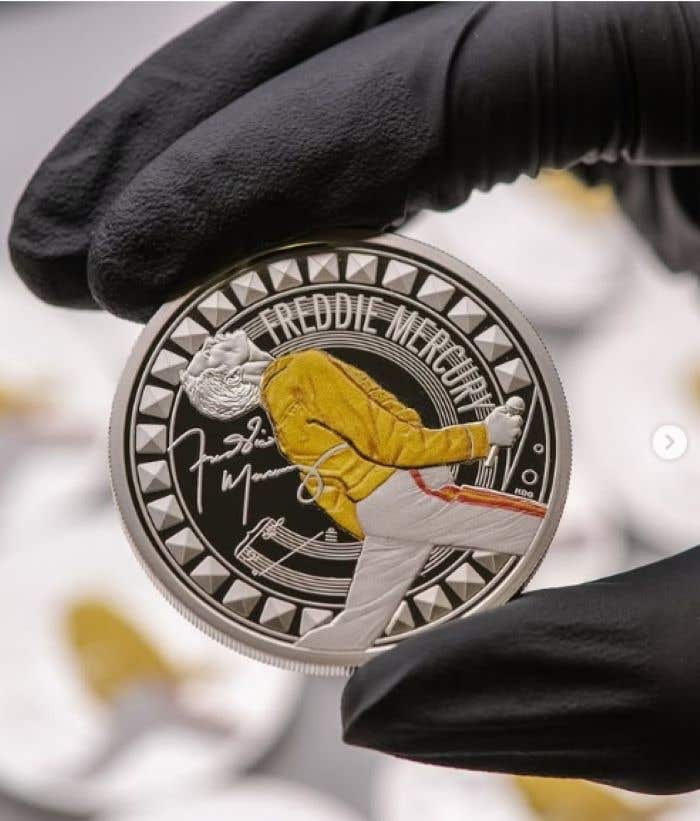When a Backyard Yields a 1,900-Year-Old Roman Gravestone
When a routine yard project revealed an ancient Roman headstone, it set off a global effort to trace its long journey from Italy to Louisiana.
A New Orleans couple clearing undergrowth in their yard discovered something extraordinary: a marble grave marker from ancient Rome. The slab bore a Latin inscription honoring Sextus Congenius Verus, “soldier of the praetorian fleet Misenensis,” who died at age 42 and served 22 years aboard a trireme called Asclepius. According to the New Orleans Preservation Resource Center, the fantastic find was the work of Tulane University anthropologist Daniella Santoro and her husband, Aaron Lornez.
The couple recognized that the inscription on the stone appeared in Latin, the language of ancient Rome. Santoro contacted University of New Orleans archaeologist D. Ryan Gray and her Tulane colleague Susann Lusnia, an associate professor of classical studies. Gray sent photographs of the unusual marble slab to Harald Stadler, a professor at the University of Innsbruck, who then shared them with his brother, a Latin instructor.
Susann Lusnia and Stadler independently reached the same remarkable conclusion: the headstone commemorated Sextus Congenius Verus, a Roman sailor and soldier from the second century. Even more striking, the stone matched the description of one long reported missing from the City Museum of Civitavecchia near Rome since World War II.
Lusnia traveled to Italy to consult museum records, where she discovered that bombings in 1943–44 had ravaged the original museum. Many artifacts vanished. Moreover, a 1954 catalog listing this same gravestone was apparently compiled from secondary sources, making its trail even murkier.
Gray acknowledged that no definitive chain of custody exists. The stone may have passed through an antique dealer, been a war “souvenir,” or ended up in private holdings. “Perhaps a family member … saw it as a convenient paving stone for a muddy yard,” he speculated.
Currently, the grave marker has been handed over to the FBI’s art crime division as part of efforts to repatriate it to Italy. Museums in Civitavecchia reportedly await its return, and Gray stated that the museum staff hoped for a celebration to mark its homecoming.
He added that, to him, the saga of Congenius Verus’s tombstone “reflects a wonderful intersection of a homeowner’s curiosity ultimately bringing to light something unexpected and historically significant.”
You may also like:








